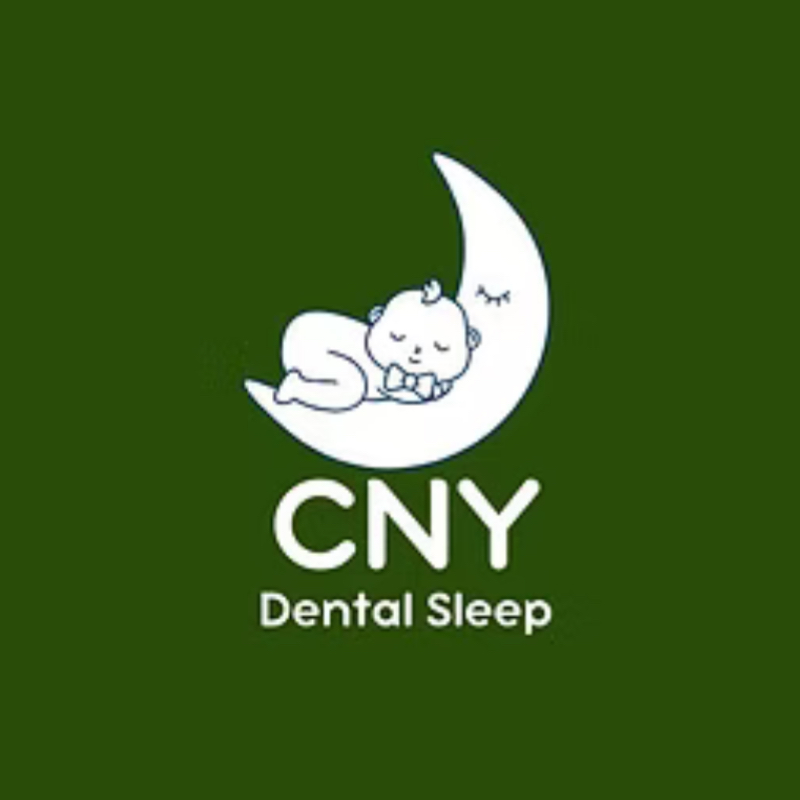When an “Earache” Isn’t an Ear Problem: Why the Jaw May Be to Blame
- dmc3106

- Jun 21
- 2 min read

“I’ve had ear pain for months. Antibiotics didn’t help. My ENT says it looks normal.”
It’s a story that repeats across exam rooms—only the true cause is rarely addressed.
Ear pain is a symptom—but not always of an ear infection. For many patients, especially adults, the discomfort is coming from the temporomandibular joint (TMJ)—not the ear itself. And too often, patients are misdiagnosed, medicated, and left in pain.
The Overlap Between TMJ and Ear Pain
The TMJ is located just in front of the ear canal. When it becomes inflamed, misaligned, or overworked, it can cause:
A deep ache or sense of pressure in or near the ear
Ringing, fullness, or popping
Pain when talking, chewing, or yawning
Tension headaches and neck discomfort
Yet, a medical exam often shows a perfectly normal ear. With no visible infection or inflammation, the pain is frequently misattributed to sinuses, stress, or “referred pain” with no clear path forward.
The Real Root: Joint Dysfunction
In many of these cases, the cause is mechanical dysfunction of the jaw joint:
The joint disc slips out of position
Muscles contract in response to the instability
Ligaments become strained
Nerves around the joint misfire, sending pain signals to nearby structures—including the ear
This is a structural problem, not an infectious or neurological one. Medications can mask the pain, but they can’t resolve the core issue.
Common Misdiagnoses
Patients with jaw-related ear pain are often mistakenly diagnosed with:
Chronic ear infections
Eustachian tube dysfunction
Sinus pressure
Migraines
Neuropathic pain
Stress or somatic complaints
Treatment paths then become ineffective—often involving antibiotics, steroids, nasal sprays, or even exploratory imaging.
A Message to Medical Providers
If you’re a primary care physician, ENT, neurologist, or urgent care clinician—this pattern likely sounds familiar. A few screening questions can shift the trajectory:
Does your jaw pop, click, or lock?
Is the pain worse when chewing or talking?
Have multiple ear or sinus treatments failed?
Do you wake up with jaw tension or headaches?
A “yes” to these suggests a temporomandibular disorder (TMD), not an ENT pathology.
A Better Path Forward
Jaw-based pain is treatable—often without medication or surgery. Once the underlying joint mechanics are addressed, symptoms can resolve, and patients regain quality of life.
Providers who understand jaw biomechanics can help restore alignment and eliminate referred ear pain at its source.
The Bottom Line
If you or your patient has chronic ear discomfort that no test seems to explain—shift your focus just a few centimeters.
The culprit may not be in the ear at all.
It might be the jaw.
.jpg)



Comments